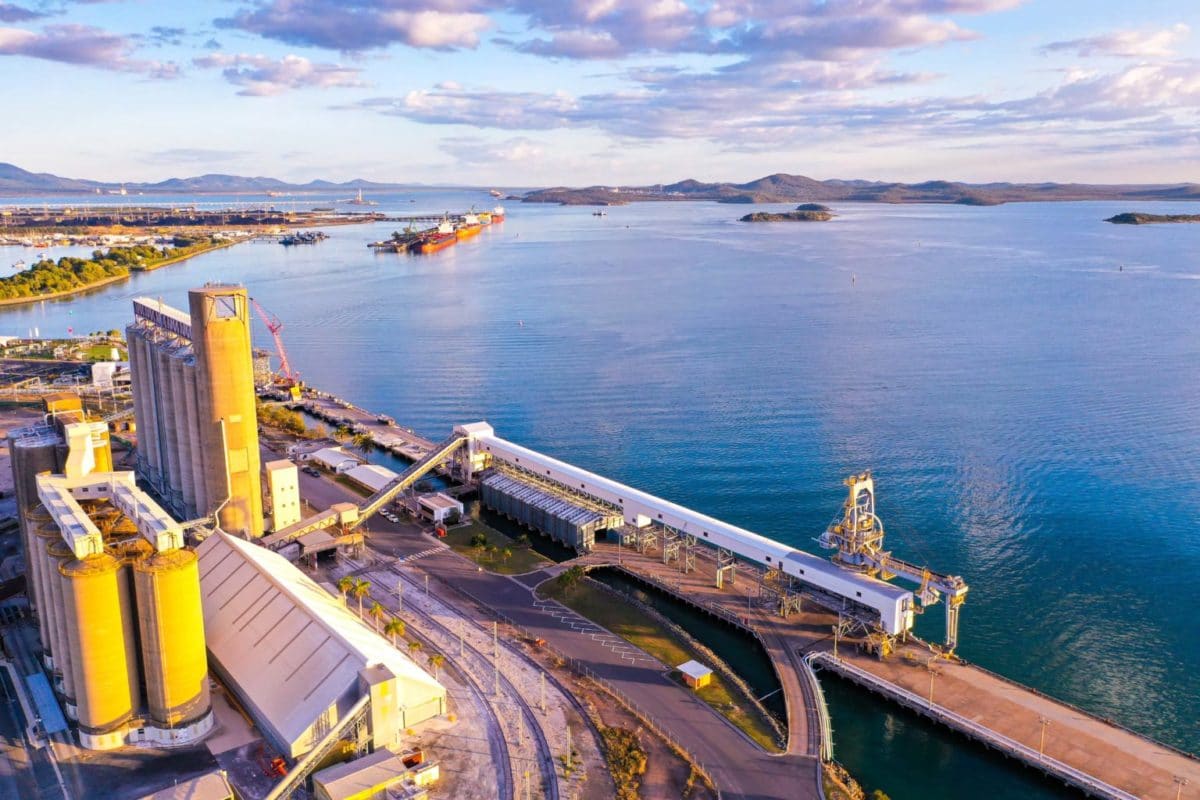London-based Eco Energy World (EEW) has announced plans for a AUD 500 million ($385.4 million) solar green hydrogen plant in Gladstone, Australia. EEW, which is already developing a 300 MW solar project in Ragland, Queensland, plans to combine the PV plant with a major green hydrogen project.
Gladstone, a traditional coal and gas hub, is on its way to becoming a green hydrogen mecca, with several ambitious projects already in the pipeline, including Hydrogen Utility’s proposed industrial complex for the large-scale production of green hydrogen and ammonia. The H2-HubTM Gladstone facility will be built in stages.
Sumitomo also announced plans in February to build a hydrogen production plant in Gladstone. These developments mean that the regional city is well on its way to becoming one of the world’s major export hubs for green hydrogen.
EEW’s plan is to combine the 300 MW solar plant, which is currently at a ready-to-build stage, with a 200 MW hydrogen plant and a 100 MW energy storage facility. EEW estimates the project will be able to produce 33,000 tons of green hydrogen annually.
Popular content
EEW Chairman Svante Kumlin said that the state of Queensland and Gladstone in particular are “well-positioned strategically to act as a major player in the future generation and export of hydrogen. This is due to its existing gas pipeline infrastructure, access to a deep-water export port at Gladstone and significant solar resources that make it an extremely attractive location for this emerging industry.”
Generate green hydrogen using solar and wind, convert it into ammonia for ease of transport, and ship it globally. Sacha Thacker, chief strategy officer of Intercontinental Energy – the project manager and major stakeholder in the 26 GW Asian Renewable Energy Hub in Western Australia’s Pilbara region – told pv magazine Australia that the world needs solutions now.
“We are not at all worried about excess supply or lack of demand because the demand drivers are there. More and more countries are committing, Korea, Japan, China, the U.S. has changed its stance,” Thacker said. “There is a lot of demand and not that many choices, and even fewer choices that can be produced at scale.”
This content is protected by copyright and may not be reused. If you want to cooperate with us and would like to reuse some of our content, please contact: editors@pv-magazine.com.



2 comments
By submitting this form you agree to pv magazine using your data for the purposes of publishing your comment.
Your personal data will only be disclosed or otherwise transmitted to third parties for the purposes of spam filtering or if this is necessary for technical maintenance of the website. Any other transfer to third parties will not take place unless this is justified on the basis of applicable data protection regulations or if pv magazine is legally obliged to do so.
You may revoke this consent at any time with effect for the future, in which case your personal data will be deleted immediately. Otherwise, your data will be deleted if pv magazine has processed your request or the purpose of data storage is fulfilled.
Further information on data privacy can be found in our Data Protection Policy.